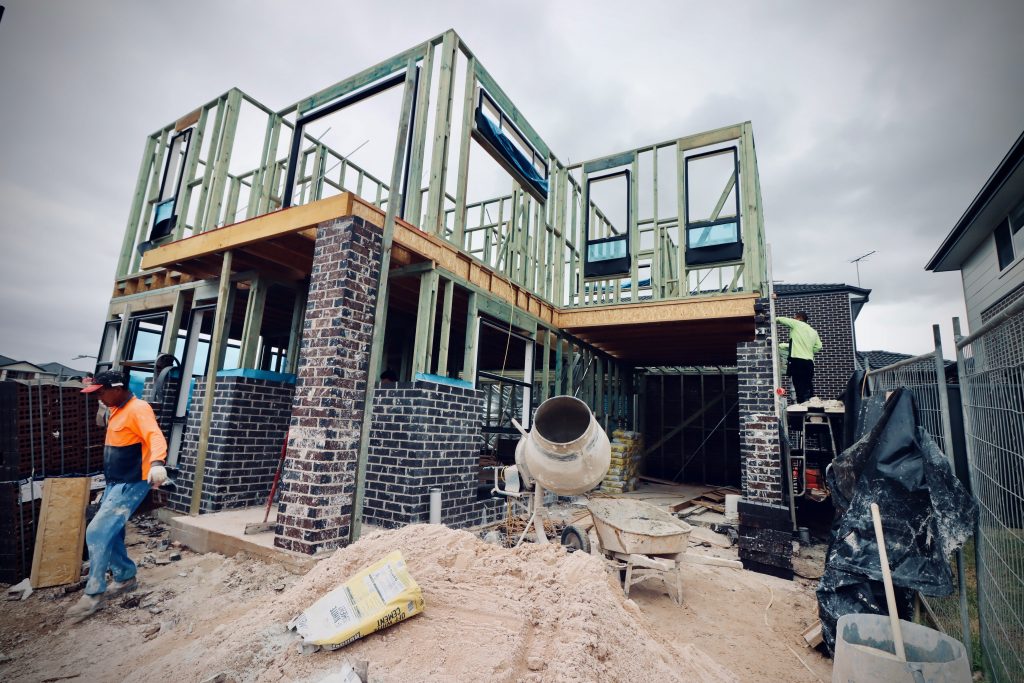By Mriganka M Bhowmick
It is not the past glory revisiting Indian Real Estate with the sudden rise of price in almost all the segments. It is neither the upsurge of the demand nor the limited supply of inventories. Rather something unprecedented has taken place. It’s the huge rise in the construction cost of around a whooping increase about 30 percent in last one year. The situation has become graver in last 2-3 months due to high inflation resulting in double digit growth in whole sale price index due to rising price of crude oil, cement, steel, metals like copper and zinc, and other construction materials. Repercussions of Russia –Ukraine Conflict is now directly felt, at least in Indian Real Estate market. The main casualty would be Affordable and Mid-Income housing segment of India. The coveted dream of Government “Housing for All by 2022” seems hit a road block as the rising commodity costs and crude will not be a short-term affair.
Launched in 2015 , PMAY (Pradhan Mantri Awas Yojana) set a target for “Housing for all by 2022” in rural as well as urban India for poor and middle class by creating three categories of beneficiaries EWS , LIG and MIG based on household income. Government tried to entice the buyer segments by extending subsidies for houses priced up to Rs 45 Lakhs.
Developers had also been encouraged to enter into affordable and mid market housing project by streamlining the itching issues like Land Conversion and Delay in Approvals in addition to easy finance accessible to such developments.
As the price band is capped in affordable housing, the land cost played a key factor to conceptualize a viable project. Construction cost was not a prime concern in the project risk management as those costs were remained stable over a period of five years, from 2014 to 2019. Though the operating profit margin for those projects was as thin as 15 percent to 20 percent, it still created a flurry of new project launches due to strong demand in the segment. The risk of overhung inventory in the span of 8 to 12 months post project launch becomes minimal.
Keeping view of better road connectivity and continuous infrastructure developments multiple affordable and mid segment housing projects came up in leapfrogged locations –which are a bit far-flunked location, somewhat 20 KM to 50KM from the city centre based the affordability of Land Parcel. In Hyderabad, the development comes in 20 Km from City Centre whereas in Delhi NCR it goes up to 50 KM and more. Slowly a viable affordable real estate development model was taking shape with the participation of Centre, States with strong demand from end users until it was hit a roadblock by huge increase of construction cost by 30% in last six month.
The monumental rise of construction cost is the last thing which Indian Real Estate Industry was expecting in the aftermath of Covid era. The demand was picking up and a positive sentiment was returning after the lacklustre two years of Covid. This increase in input cost has practically wiped out the entire profit margin of an affordable and mid market segment housing project.
It is an extraordinary situation. In last six month price of steel is increased by 40-45 percent, cement is gone up by 30-35 percent ; copper is up at 70-75 per cent; aluminium prices have moved up to 55-50 per; PVC items have seen an increase of 80-90 per cent; diesel cost are up over 45 per cent . It’s been estimated that overall construction price which includes labour cost also has gone up by whooping 30%. It’s really tough for an affordable housing project to withstand this pressure which operates with a maximum 15-20% profit margin.
While the luxury and high end mid segment Residential projects have started passing the cost to the consumers by increasing price by 10-15 percent per square foot, Affordable segment are not in position to do so as the offer price is always capped by the way of government price band. One need to remember that the rise of construction cost is having equal effect both on rural and urban area. Moreover, land is factor of around 30 percent in any affordable or mid segment housing project where as for Luxury project it’s about 50 percent due to prominence of location. So some percentage of change in construction cost is always going to be factored higher in overall cost of an affordable housing project.
The increase in input cost due to high inflationary pressure on raw materials is not going to settle in short term. Rather one can expect the recursions to continue beyond medium term before the construction cost starts getting eased out. Even if the prices of raw materials start decreasing from today, it will take another six months to experience the real effect in transactional level. Moreover, Russia and Ukraine conflict does not seem to put an abrupt end in near future. Post conflict the price of steel and cement may stay on the higher side due to reconstruction of Ukraine for some time.
In this scenario the current situation may push the developers to slow the construction to wait till the time input cost comes back to normalcy. The degradation of construction quality can also be an unwanted. Albeit the situation is unprecedented, RERA and Government are silent on the incorporation of price escalation clause due to huge rise of input cost. A practical force-majeure has unleashed in affordable housing segment in India.
Time has come to take come quick measures to keep the affordable housing project financially viable. An increase in price cap for affordable housing project about 5-7 percent can create a breathing space for the project to sail through the turbulence. Moreover the construction finance rate should be revised to a lower rate for coming three years to create liquidity at project cash flow. It may not be practically possible to put a hold on inflationary pressure on raw material, but reducing GST on few materials like cement and steel from can give a respite and keep the momentum of construction strong. Target of “Housing for All” can be deferred a bit from 2022, but that land mark can be achieved within 2 years. That will be great feat to achieve. Let’s not allow the present disruption to become a snowball into a depression in Affordable Housing in India. (IPA Service)

 Leftist Senator Gustavo Petro Is Front Runner In Presidential Poll In Columbia
Leftist Senator Gustavo Petro Is Front Runner In Presidential Poll In Columbia 